Prepare For After An Earthquake Map - Earthquake Route Planning
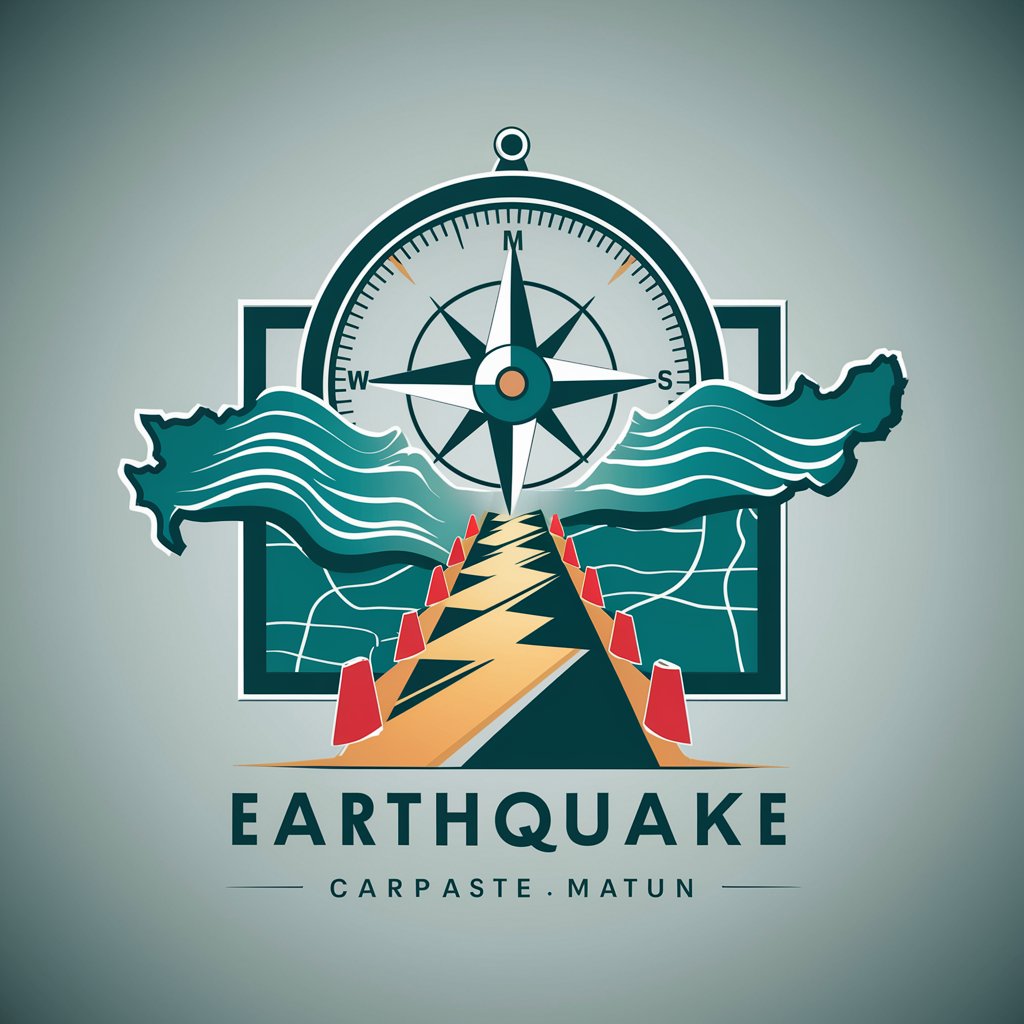
Hello, I'm here to help you navigate safely after an earthquake.
Navigate safely post-earthquake with AI-powered planning.
What is the safest route from [current location] to [destination] after an earthquake?
How can I navigate around potential hazards when traveling from [current location] to [destination]?
Which areas should I avoid when planning a route from [current location] to [destination] post-earthquake?
What pre-planned routes can I use to ensure safety traveling from [current location] to [destination]?
Get Embed Code
Overview of Prepare For After An Earthquake Map
Prepare For After An Earthquake Map is a specialized tool designed to help individuals and communities prepare for post-earthquake scenarios by providing pre-planned navigation information. This tool is built on the understanding of historical earthquake impacts, geographical data, and typical post-disaster challenges such as compromised infrastructures and closed routes. It aims to suggest the safest and most efficient routes between two points, considering the potential hazards post an earthquake. For example, if someone living in an earthquake-prone area wants to plan a safe route from their home to a designated evacuation center, this tool can provide suggestions that avoid potential hazards like damaged bridges, buildings at risk of collapse, and areas prone to landslides. Powered by ChatGPT-4o。

Core Functions of Prepare For After An Earthquake Map
Route Planning
Example
Providing a route from home to the nearest emergency shelter while avoiding areas known for heavy debris or chemical spills.
Scenario
After a 6.5 magnitude earthquake, the main bridges in the city are expected to be compromised. The tool would suggest alternative routes that avoid these bridges and lead users through safer, less damaged streets.
Hazard Identification
Example
Highlighting areas with high risks of aftershocks, gas leaks, or flooding due to damaged infrastructure.
Scenario
A user planning their evacuation route can be informed of neighborhoods with aging gas lines that could lead to fires or explosions after an earthquake, allowing them to avoid these areas.
Safety Recommendations
Example
Providing tips on avoiding electrical hazards or unstable buildings along the planned route.
Scenario
The tool advises users to stay clear of a particular commercial district heavily populated with glass facades and high-rises after identifying it as a zone with high risk of falling debris during aftershocks.
Evacuation Planning
Example
Assisting organizations and families in developing comprehensive evacuation plans that account for various types of emergencies and routes.
Scenario
Schools in earthquake-prone zones can use the tool to create and optimize evacuation routes for students, considering the safest paths and assembly points outside the danger zones.
Target Users of Prepare For After An Earthquake Map
Residents in Earthquake-Prone Areas
Individuals living or working in areas frequently affected by earthquakes will benefit from having pre-planned evacuation routes and knowledge of local hazards, reducing panic and uncertainty during an actual event.
Emergency Response Teams
This group includes firefighters, police, and medical personnel who require clear and safe routes for reaching affected areas quickly and efficiently, avoiding further hazards while performing rescue operations.
City Planners and Infrastructure Managers
Professionals responsible for urban planning and infrastructure maintenance can utilize the tool for assessing potential post-earthquake challenges, aiding in the development of more resilient city layouts and emergency response strategies.
Schools and Businesses
Institutions and companies can use the tool to prepare emergency plans, ensuring the safety of students, employees, and customers by mapping out safe evacuation routes and gathering points.

How to Use Prepare For After An Earthquake Map
Start Your Journey
Begin by visiting yeschat.ai to access a free trial of the Prepare For After An Earthquake Map without the need for logging in or subscribing to ChatGPT Plus.
Input Locations
Enter your current location and intended destination into the tool to start planning your post-earthquake route.
Review Potential Hazards
The tool will provide information on potential post-earthquake hazards like closed bridges, compromised infrastructures, and high-risk areas based on historical data and geographical considerations.
Receive Route Suggestions
Based on the input, receive suggested routes that avoid the identified hazards, prioritizing safety and efficiency.
Prepare and Plan
Use the information to prepare an emergency plan, keeping alternative routes and safety tips in mind for future earthquakes.
Try other advanced and practical GPTs
X5
Unlocking Insights with AI Power
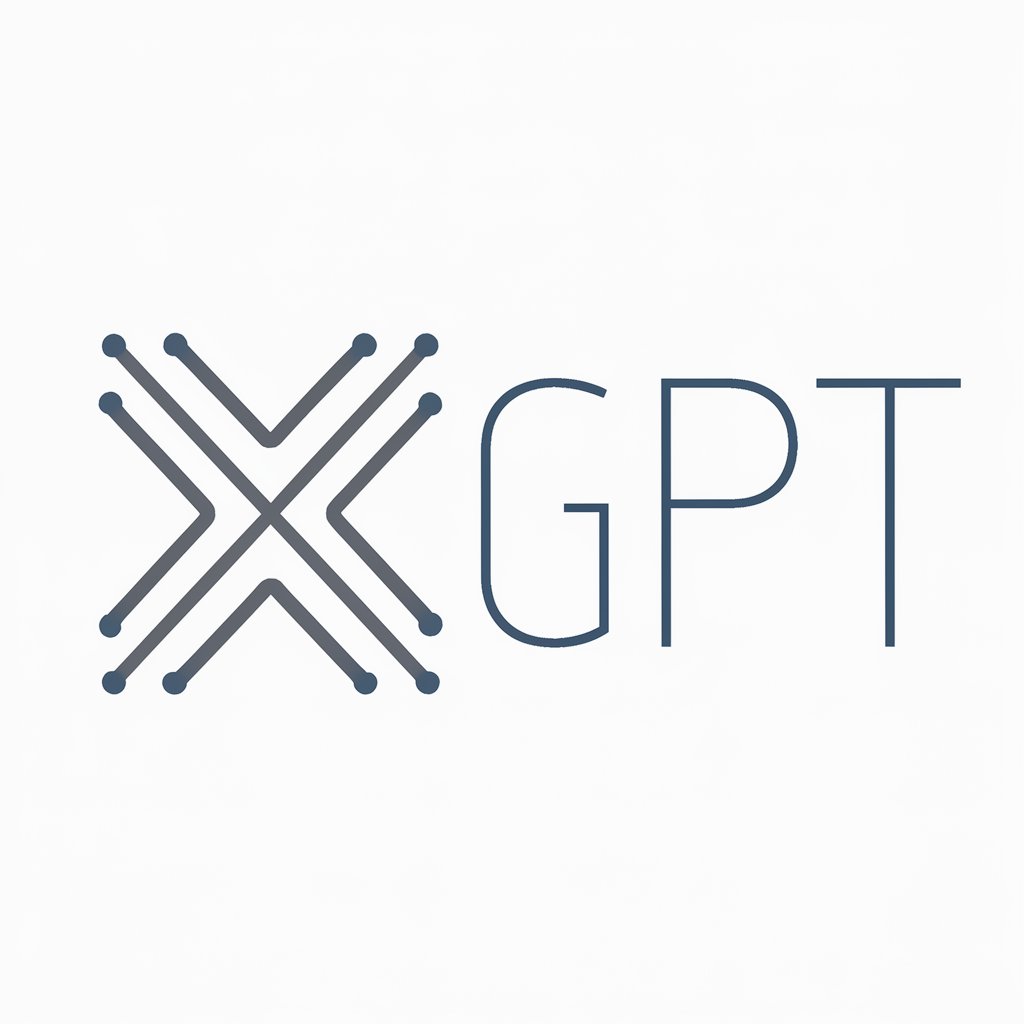
DescriptionGPT
Crafting Precise GPT Descriptions Instantly
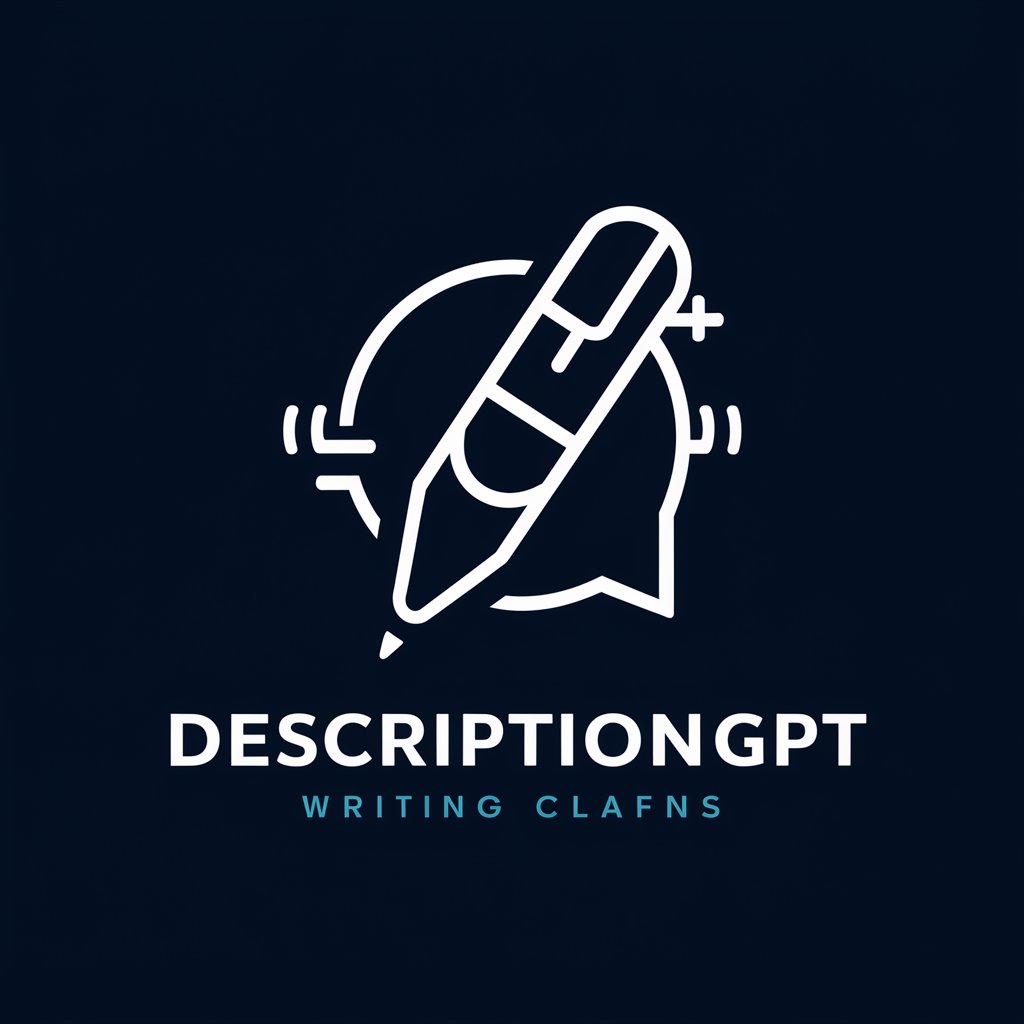
United Kingdom Tour Guide
Your AI-Powered Companion for Exploring the UK

United Kingdom TRANSLATOR Any Language to English
AI-powered, multilingual translation into English
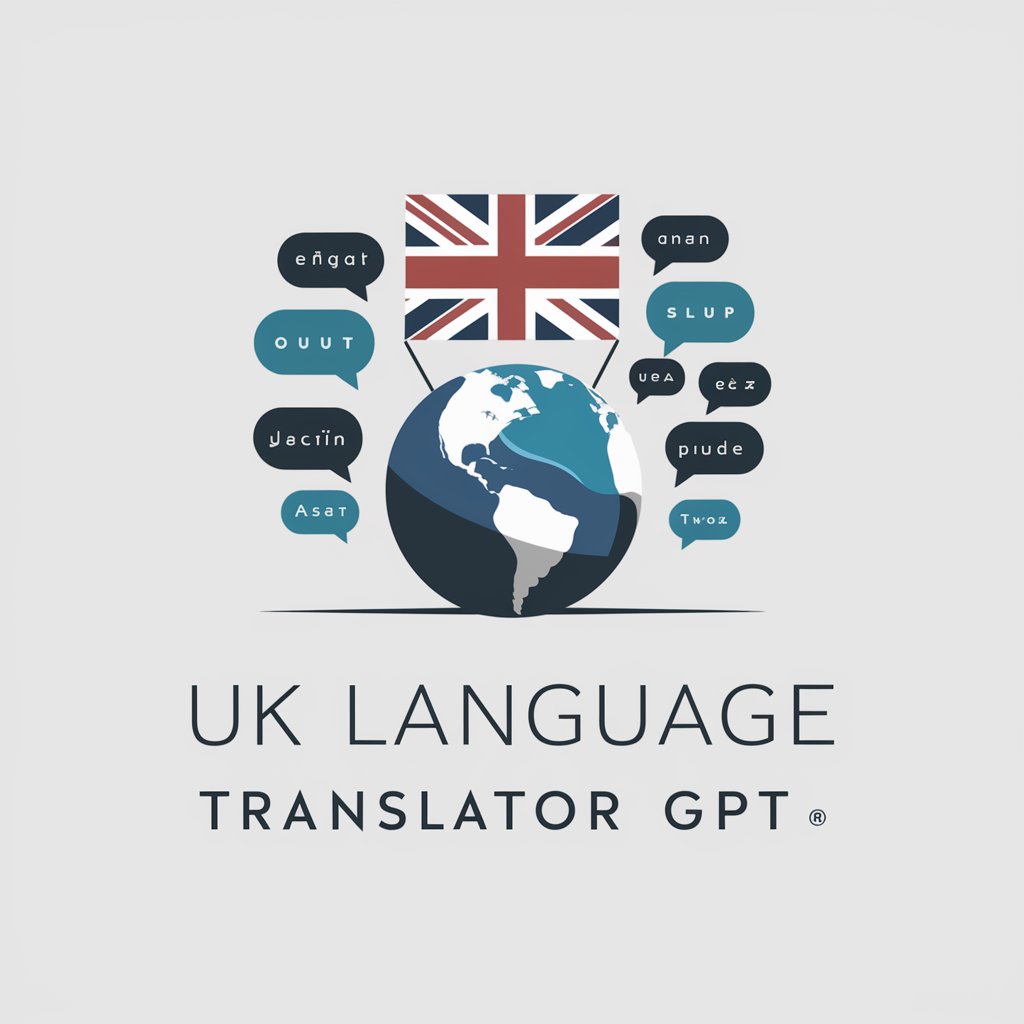
Lucy Love - The MindHacker.AI Ambassador
Empowering Your Mind, Enhancing Your Life

GptOracle | The -A z u r e- Cloud Migration Expert
Streamline Azure Migration with AI

Earthquake Home Help
AI-powered Earthquake Safety Insights
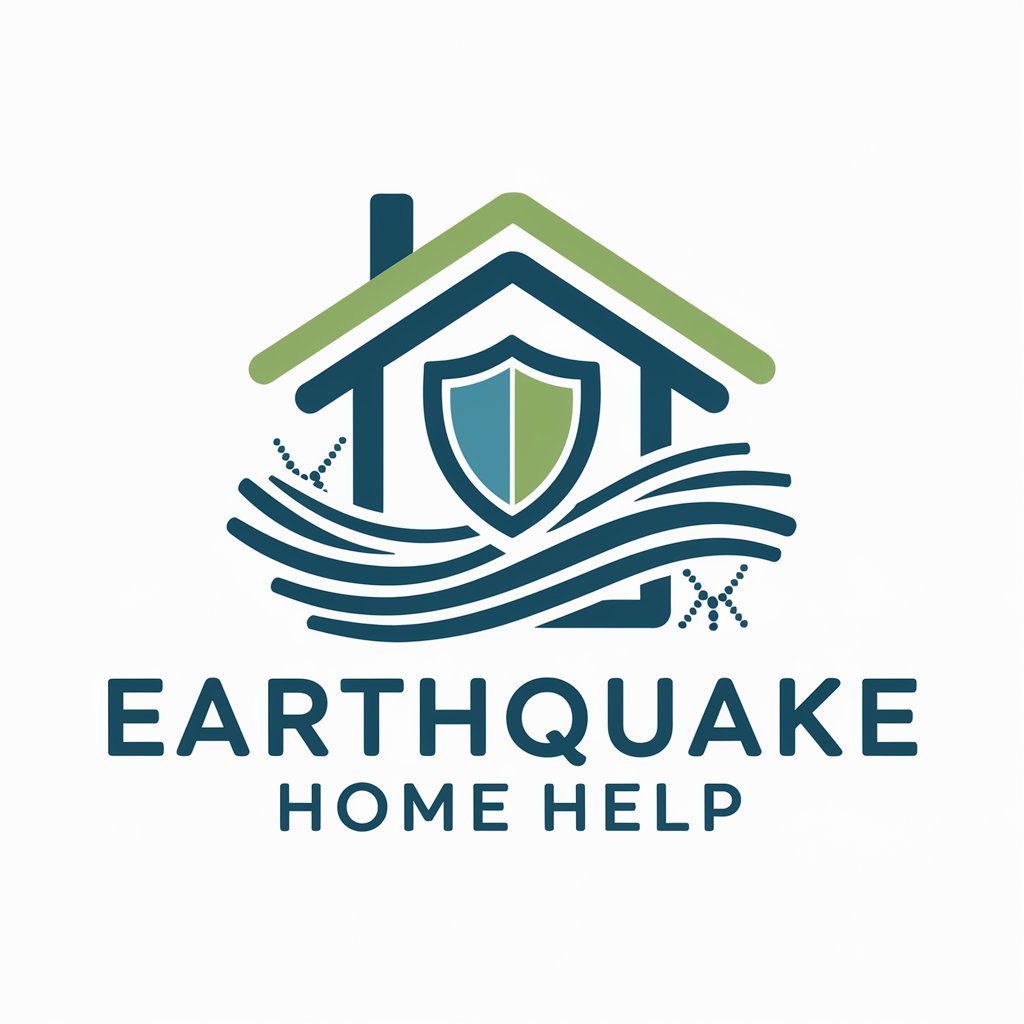
GptOracle | The -A W S- Cloud Migration Expert
Empowering your cloud migration journey with AI.

GptOracle | -G o o g l e- Cloud Migration Expert
Streamlining Your Cloud Migration Journey

Why Generator
Uncover Your Why with AI Wisdom

Social Savvy
Elevate your online interactions with AI-powered wit.

Feedback Facilitator Pro
Transforming Feedback with AI
Frequently Asked Questions about Prepare For After An Earthquake Map
What makes this tool different from regular mapping services?
Unlike standard mapping services, this tool specifically focuses on post-earthquake scenarios, identifying and navigating around potential hazards such as damaged infrastructure and high-risk zones, using historical data and geographical analysis.
Can I use this tool for real-time navigation immediately after an earthquake?
This tool is designed for pre-planning and preparation rather than real-time navigation, helping users to be better prepared by understanding potential hazards and safe routes in advance.
How often is the hazard data updated?
The hazard data is based on historical and geographical considerations rather than real-time updates, providing a stable foundation for emergency planning that does not require frequent updates.
Is this tool suitable for use in any geographical location?
While the tool is designed with general principles of earthquake impact and safety in mind, its effectiveness may vary based on the specific geographical features and infrastructure of different areas.
Can I suggest updates or corrections to the route suggestions?
Since the tool's suggestions are based on pre-planned data and analysis, it currently does not support user updates or corrections. However, user feedback is valuable for future enhancements.
